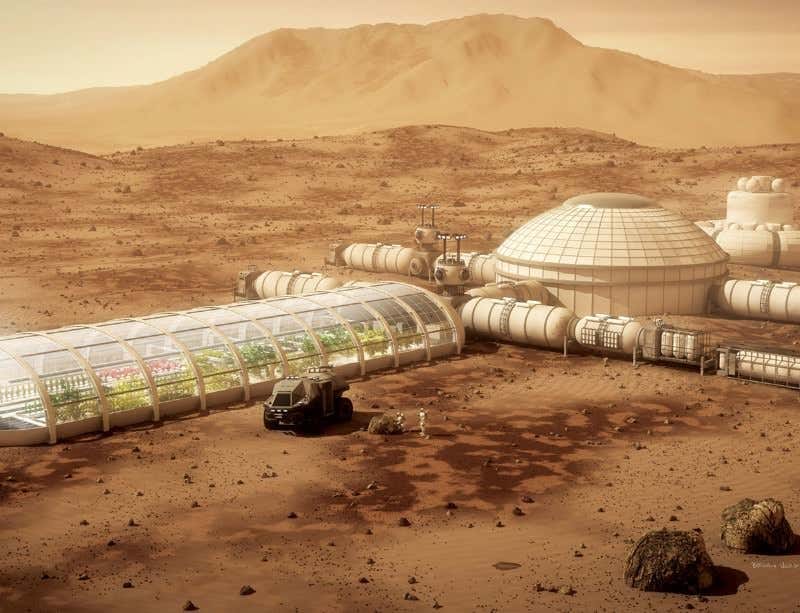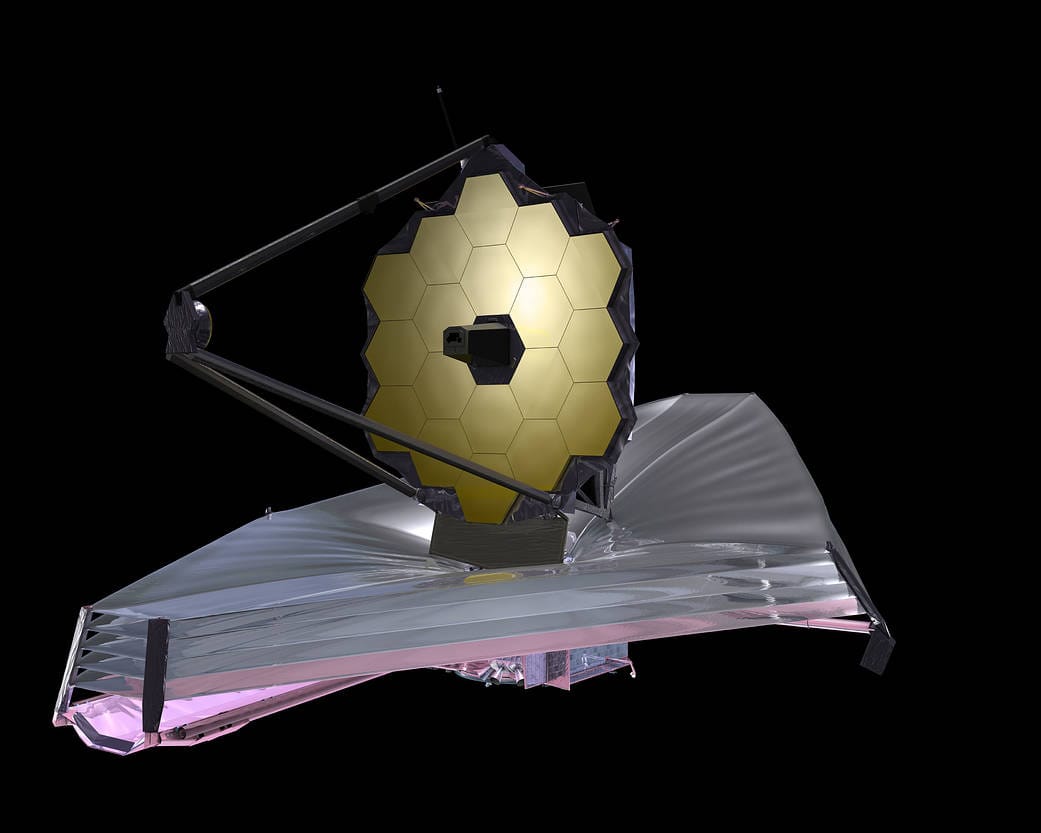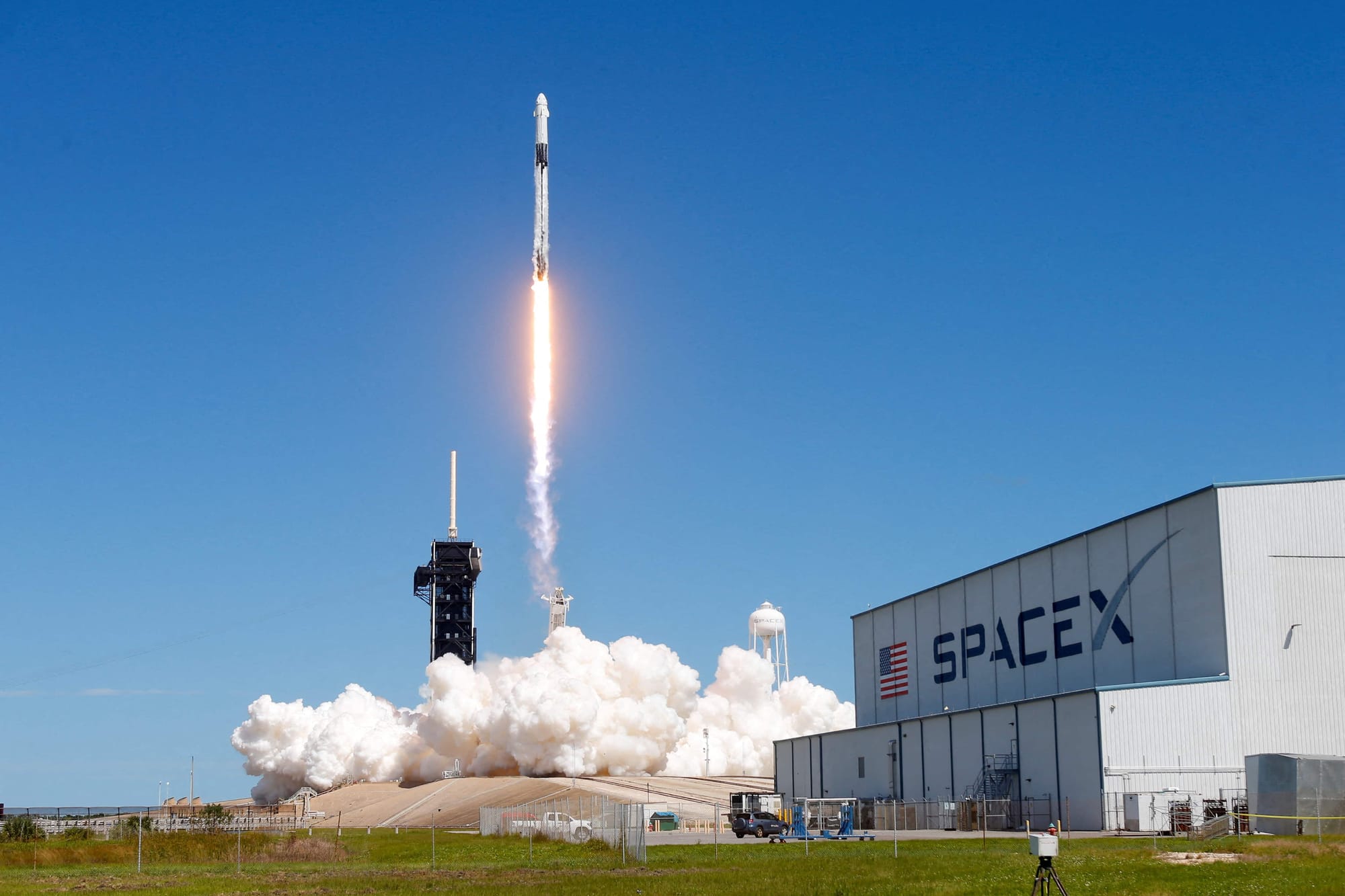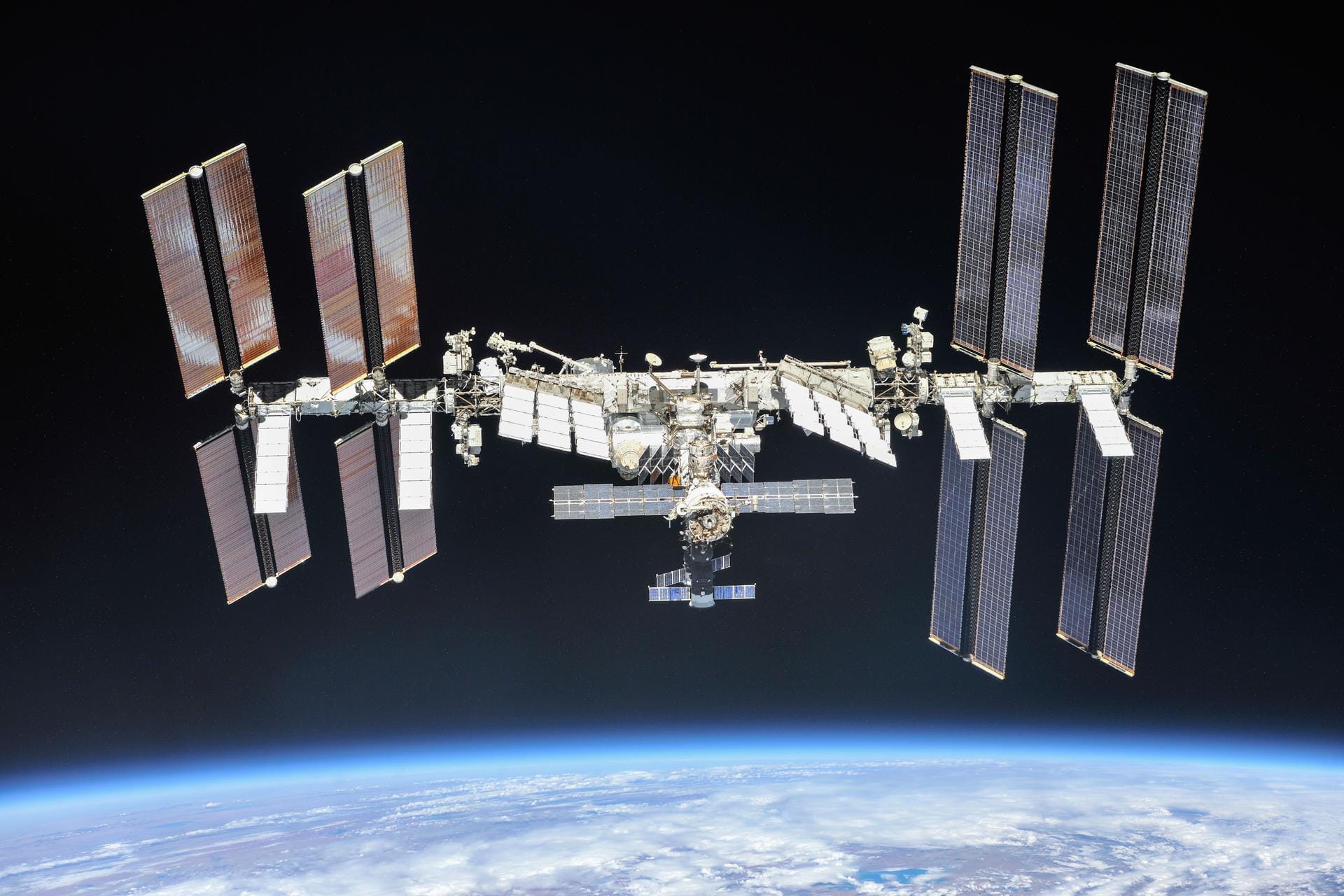The Future of Space Exploration

As we stand on the brink of a new era in space exploration, the possibilities before us seem as boundless as the cosmos itself. From lunar bases to Mars colonies and the search for alien life, the next few decades promise to be a thrilling chapter in humanity’s quest to understand and inhabit the universe. This article explores the exciting advancements and potential challenges that lie ahead in our cosmic journey.
The Moon: Our First Outpost
The Moon has always been humanity’s closest celestial neighbor and serves as a natural first step for further space exploration. The 2020s have seen renewed interest in lunar exploration, led by NASA’s Artemis program. Artemis aims to return astronauts to the Moon by the mid-2020s and establish a sustainable human presence there, and eventually, do the same on Mars, too.

The Lunar Gateway will be located in orbit around the Moon and act as a staging point for surface operations. It will support scientific research, provide opportunities for commercial ventures, and serve as a testbed for technologies required for deeper space exploration. The construction of habitats and research labs on the Moon will help scientists study its geology, resources, and potential for future human habitation.

In-Situ Resource Utilization (ISRU)
The Moon is not just a destination; it’s a resource hub. Researchers are exploring the Moon’s potential to mine valuable materials such as rare earth metals and helium-3, a potential fuel for future nuclear reactors. Additionally, lunar ice could be converted (by a process known as electrolysis) into water, oxygen, and hydrogen, essential for life support and rocket fuel. However, we still face more challenges than just water accessibility. The Moon's 'two week long days' mean that solar panels will be useless for long periods of time, necessitating new energy storing and generating methods. Furthermore, the Moon is tidally locked with Earth, meaning that we always see the same side. Thus, it will take us many more years to explore the other side since communication with it is far more complex. The development of these technologies could make lunar exploration more sustainable and pave the way for missions further into the solar system.
Mars: The Next Frontier
Mars has captivated human imagination for centuries, and our interest in the Red Planet is more intense than ever. With its similarities to Earth, such as the length of its day and the presence of polar ice caps, Mars is seen as the most promising candidate for human colonization.

Human Missions to Mars
SpaceX, led by Elon Musk, has made Mars colonization its primary goal. The company’s Starship rocket, currently in development, is designed to transport large numbers of passengers and cargo to Mars. If successful, this could mark the beginning of a new era in human space travel. The challenges, however, are immense. Prolonged space travel requires advanced life support systems known as ECLSS, radiation shielding, and sustainable living conditions. The travel time is also a tough obstacle. Since the Earth orbits around the Sun more rapidly than Mars does, the two planets are only briefly close to each other – close being nine months of travel away. This leaves astronaut crews with two options: stay very briefly on Mars so the Earth and Mars are relatively close when you return, or spend longer time on Mars, and wait for the planets to reconvene before returning.

Exploring the Outer Planets
As we look beyond Mars, the outer planets and their moons present exciting possibilities for exploration. Missions to these distant worlds could unlock secrets about the formation of our solar system and the potential for life elsewhere.
Jupiter’s Moons
Jupiter’s moons, particularly Europa, Ganymede, and Callisto, have garnered significant interest. Europa is believed to have a subsurface ocean beneath its icy crust, which could harbor microbial life. NASA’s upcoming Europa Clipper mission aims to conduct detailed reconnaissance of Europa’s ice shell and subsurface ocean. Ganymede, the largest moon in the solar system, also has a magnetic field and potential subsurface ocean, making it a target for future exploration.

Saturn’s Moons
Saturn’s moon Enceladus is another intriguing candidate for astrobiology. The Cassini spacecraft discovered plumes of water vapor erupting from Enceladus’ surface, suggesting a subsurface ocean with conditions that might support life. The upcoming Dragonfly mission, which will launch in the 2030s, will explore Titan, Saturn’s largest moon. Titan has a thick atmosphere and liquid methane lakes, making it an interesting target for studying prebiotic chemistry.

The Search for Extraterrestrial Life
The quest to find life beyond Earth is one of the most profound aspects of space exploration. The discovery of even microbial life on another planet or moon would revolutionize our understanding of biology and our place in the universe.
Exoplanet Exploration
The discovery of exoplanets—planets orbiting stars outside our solar system—has been one of the most exciting developments in astronomy. The James Webb Space Telescope (JWST) is expected to play a key role in studying the atmospheres of these distant worlds. By analyzing the composition of exoplanet atmospheres, scientists hope to identify signs of habitability or even biosignatures—indicators of life.

SETI and Beyond
The Search for Extraterrestrial Intelligence (SETI) continues to scan the skies for signals from advanced civilizations. Advances in technology and data analysis are enhancing our ability to detect potential signals from distant stars. Because we believe that Mars once had a substantial magnetic field, and liquid water oceans, which bas been made evident by geological features, it has become a key candidate for the search of life. While the search is challenging, it remains a vital part of our quest to understand whether we are alone in the universe.
The Role of Private Industry and International Collaboration
The future of space exploration is not solely in the hands of government agencies. Private companies and international partnerships are playing increasingly significant roles.
Private Industry
Companies like SpaceX, Blue Origin, Virgin Galactic, and Axiom are transforming the landscape of space exploration. SpaceX’s reusable rockets have drastically reduced the cost of space access, while Blue Origin is working on technologies for lunar landers and in-space manufacturing. Virgin Galactic aims to make suborbital space tourism a reality. These innovations not only drive competition but also accelerate advancements and lower costs. Axiom, which will soon have its own module on the ISS, plans to use the microgravity to manufacture important technologies like artificial hearts and computer chips. Since dust does not fall onto anything, the process of making these will be very sanitary and uninterrupted.

International Collaboration
Space exploration is a global endeavor. The International Space Station (ISS) stands as a testament to international cooperation, with contributions from NASA, Roscosmos, ESA, JAXA, and CSA. Future missions to the Moon, Mars, and beyond will likely involve partnerships among nations and private entities, combining resources, expertise, and funding to achieve common goals. The Artemis Accords are certain rules that countries have come together to form and must comply with in order to keep space friendly, clean, and innovative. These endeavors have eased political tensions, and allowed countries to peacefully come together and accomplish a common goal.

Challenges and Ethical Considerations
While the prospects of space exploration are exhilarating, they come with significant challenges and ethical considerations.
Technical and Safety Challenges
The technical challenges of long-duration space travel, radiation protection, and life support systems are substantial. Developing technologies to ensure the safety and health of astronauts on deep-space missions is critical. Since astronauts spend their trips in microgravity, their body experiences very different conditions. Their legs don’t need to stand up, and their hearts don’t have to push against gravity. So, their muscles and heart become weak, their bones less dense, and they experience difficulties when returning to Earth. Innovations in artificial intelligence, robotics, and biotechnology, such as treadmills and resistance bands, will play crucial roles in addressing these challenges.
As we venture into new frontiers, ethical questions also arise. How should we handle the potential contamination of other worlds with Earth-based organisms? What are the implications of mining extraterrestrial resources? International agreements and regulations will need to evolve to address these issues and ensure responsible exploration.

Looking Ahead
The future of space exploration is brimming with possibilities. From establishing a presence on the Moon and Mars to exploring the outer planets and searching for extraterrestrial life, humanity’s cosmic journey is set to unfold in remarkable ways. As technology advances and international cooperation flourishes, we are poised to make incredible discoveries and achieve new milestones.
So, whether you dream of walking on the Moon, living on Mars, or witnessing the discovery of alien life, the future of space exploration holds the promise of turning these dreams into reality. As we look to the stars, we are reminded of our innate curiosity and the boundless potential that lies ahead in our quest to explore the universe.
Thank you to Rice University's Space Exploration Program for inspiring me to make this.




